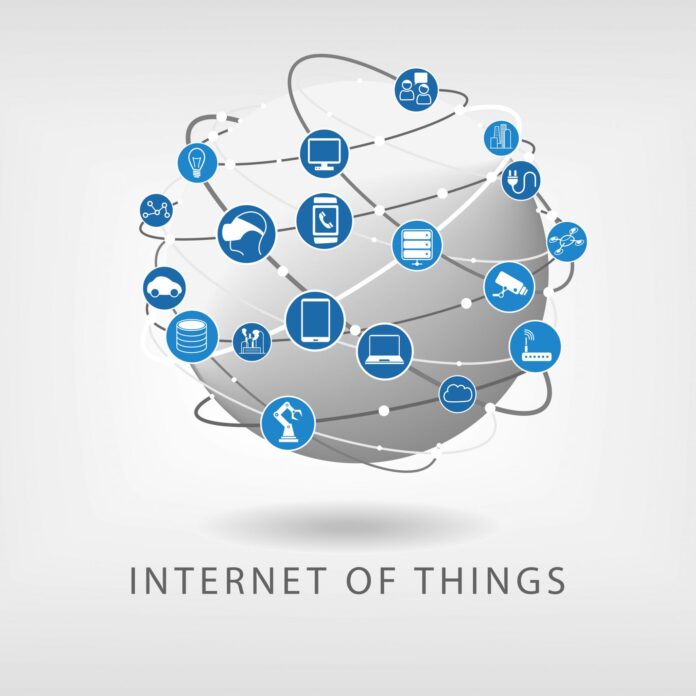Carriers race against dedicated low-power networks
BARCELONA, Spain – Mobile World Congress is all about the newest wireless technologies, but this year the end of an old technology is driving conversations around the “Internet of Things.” Second-generation networks are being decommissioned to make room for LTE and that means hundreds of IoT devices connected to carrier 2G networks will need a new way to connect.
“Just as the growth of the Internet of Things begins to accelerate, companies are facing the harsh realities of sun-setting networks and ever-changing standards,” said John Horn, CEO of Ingenu, one of several companies offering a replacement for 2G networks.
Ingenu’s network uses the unlicensed 2.4 GHz band, and the company says it can guarantee its customers’ devices will be compatible with its network for 20 years. The company uses a technology called random phase multiple access to connect devices over long distances with low-power requirements. Ingenu has raised more than $100 million so far, and its board includes former Verizon Communications executives Ivan Seidenberg and Richard Lynch, who chairs Ingenu’s board.
This week at Mobile World Congress, Ingenu said it will be working with as-yet-unnamed licensing partners to deploy the RPMA network in 25 countries around the world, covering more than half the world’s population. But it’s not people Ingenu hopes to connect, it’s machines.
“This will establish RPMA as the global standard for IoT connectivity,” said Horn. “Our five-year plan has turned into a five-month strategy based on demand from the volume of global partners approaching us. Their requirements are clear: they need cost-effective, future-proof solutions that are available now.”
Wireless carriers ready to compete
AT&T and Verizon Wireless are not planning to let the end of 2G be the end of their IoT businesses. The carriers are investing in new technologies for IoT and leveraging existing partnerships.
Verizon’s IoT and telematics revenue grew 18% last year to $690 million. The company has certified low-power LTE chips made by Sequans for IoT use cases, but Verizon knows not all IoT connections will use LTE. The carrier is working to develop a proprietary IoT core network in partnership with Nokia Networks and Ericsson.
In addition, Verizon plans to open its ThingSpace platform to third-party network and technology service providers. ThingSpace is software designed to help developers create IoT applications, and Verizon said this week that 4,000 developers have started using the platform since it was launched last October.
AT&T is also looking beyond the cellular network when it comes to IoT, but at the same time the carrier is investing in LTE for machine connections. This week AT&T said Ericsson will deploy Category-M and narrowband IoT software for AT&T’s LTE network. Category-M supports connected devices like wearables and utility meters, while NB-IoT supports devices like smoke detectors, pollution monitors and industrial/agricultural sensors.
Ericsson did not name a chip vendor for its planned Cat-M IoT solutions for the AT&T network. In the past AT&T has tapped Altair Semiconductor, which is being acquired by Sony, for low-power LTE chipsets. But so far, the only company to announce at Cat-M chip is Sequans. That doesn’t mean Altair’s chips won’t show up in the AT&T/Ericsson modules; those modules are not yet in trials and they could be using chips that have not yet been announced publicly.
IoT: Opportunities for Carriers and Vendors (free feature report from RCR Wireless News)
Follow me on Twitter.

